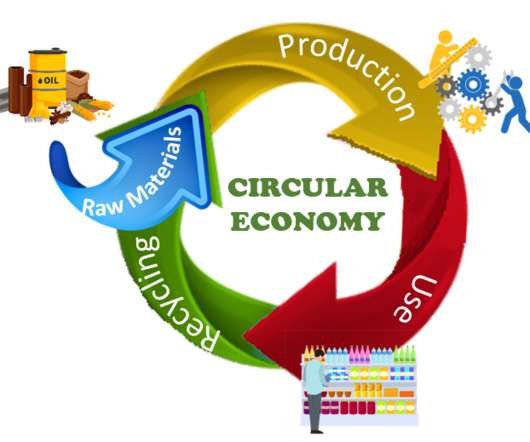Is A Customer-Centric Strategy the Same as Demand-Driven? Outside-In?
Supply Chain Shaman
AUGUST 14, 2016
The client leaned across the table and asked, “Is a customer-centric supply chain strategy the same as a demand-driven supply chain strategy?” An example of social listening is the Lenovo Case Study presented at the 2015 Supply Chain Insights Global Summit. Economic Vision of Supply Chain 2030. Supply Chain 2030.
















Let's personalize your content